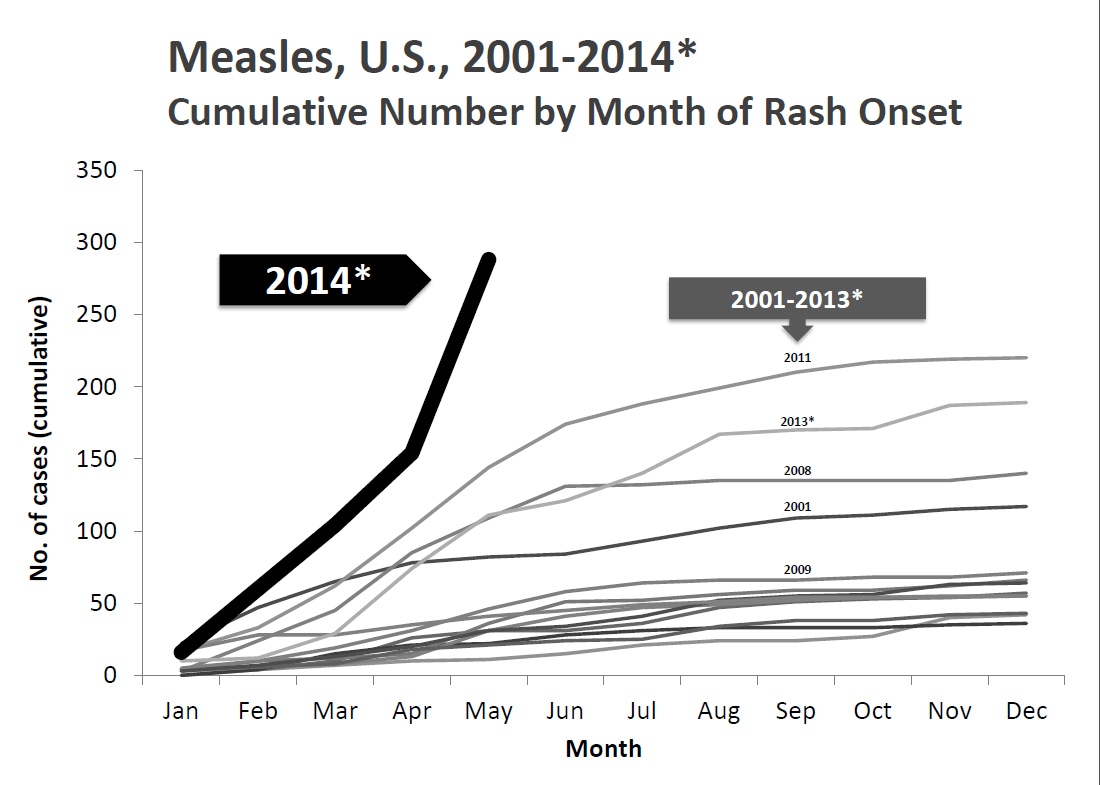Sven Sandin and colleagues have
an article in JAMA titled "The Familial Risk of Autism."
Importance Autism spectrum disorder (ASD) aggregates in families, but the individual risk and to what extent this is caused by genetic factors or shared or nonshared environmental factors remains unresolved.
Objective To provide estimates of familial aggregation and heritability of ASD.
Design, Setting, and Participants A population-based cohort including 2 049 973 Swedish children born 1982 through 2006. We identified 37 570 twin pairs, 2 642 064 full sibling pairs, 432 281 maternal and 445 531 paternal half sibling pairs, and 5 799 875 cousin pairs. Diagnoses of ASD to December 31, 2009 were ascertained.
Main Outcomes and Measures The relative recurrence risk (RRR) measures familial aggregation of disease. The RRR is the relative risk of autism in a participant with a sibling or cousin who has the diagnosis (exposed) compared with the risk in a participant with no diagnosed family member (unexposed). We calculated RRR for both ASD and autistic disorder adjusting for age, birth year, sex, parental psychiatric history, and parental age. We estimated how much of the probability of developing ASD can be related to genetic (additive and dominant) and environmental (shared and nonshared) factors.
...
Conclusions and Relevance Among children born in Sweden, the individual risk of ASD and autistic disorder increased with increasing genetic relatedness. Heritability of ASD and autistic disorder were estimated to be approximately 50%. These findings may inform the counseling of families with affected children.
News accounts of the study are emphasizing the "
environmental" side.
The Reuters story begins: "Environmental factors are more important than previously thought in leading to autism, as big a factor as
genes, according to the largest analysis to date to look at how the brain disorder runs in families." A careless reader might jump to the conclusion that the study is fingering air and water pollution.
But a 2011 New York Times article made a key distinction:
But “environment” is a tricky word. To many scientists studying autism, it means “everything that’s not the inherited DNA,” said Irva Hertz-Picciotto, a professor of epidemiology at the University of California, Davis, MIND Institute. An environmental influence might be a chemical the fetus is exposed to via the placenta, or it might refer to aspects of nutrition, maternal health, stress — or perhaps exposure to a microbe. [emphasis adde
